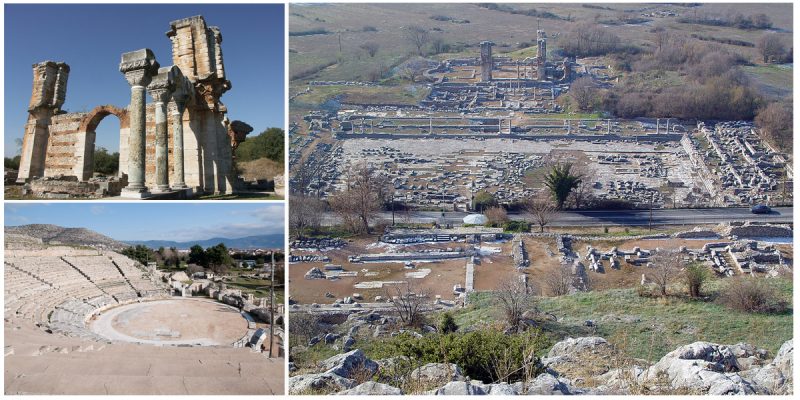Philippi was an important city in eastern Macedonia, in the Edonis region which was founded by the Macedonian King Philip II. The original name of the city was Crenides until the King was invited to protect the Thasian colonists.
They offered him access to the gold mines of the Pangaion hills, and after he had accepted the offer, the town was renamed into Philippi in 365 BC. It was sited at the foot of Mt. Orbelos (today Mt. Lekani), 12 kilometers northwest of the city of Kavalla in Greece.
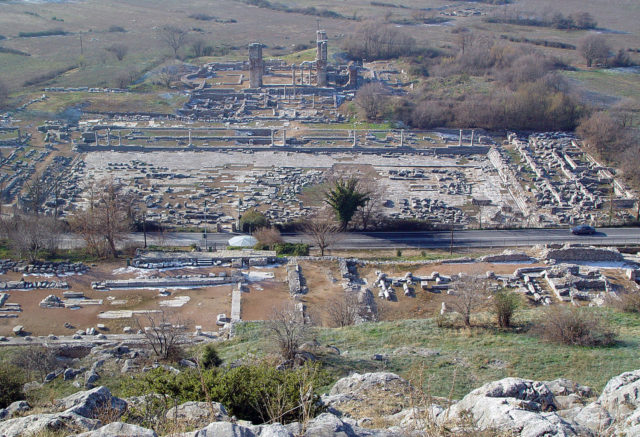
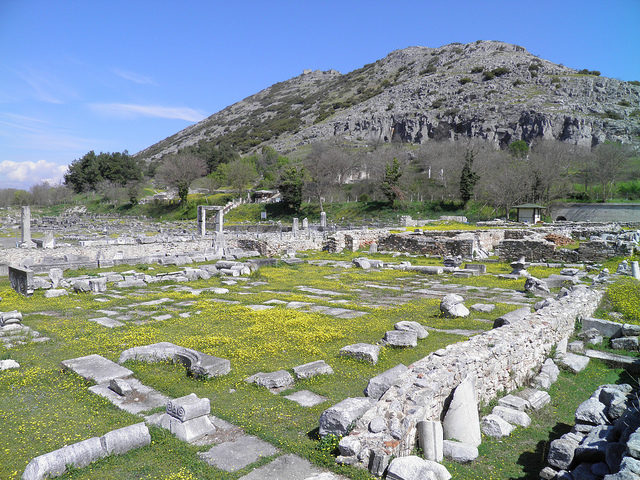
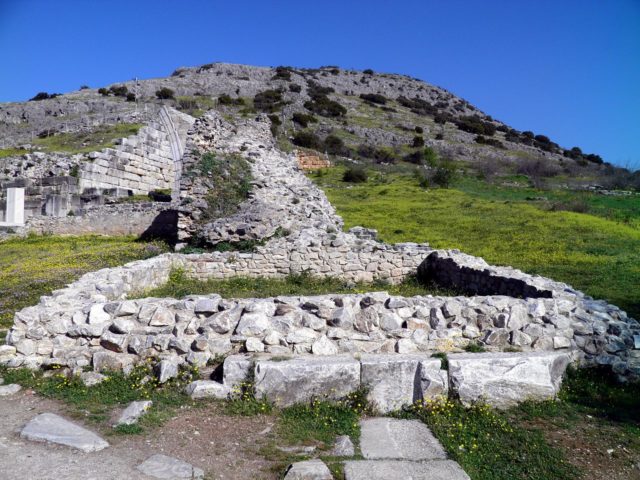
The city flourished during the Hellenic, Roman, and Byzantine period. During the Roman imperial era, near the end of the Roman Republic, the city prospered, and after a visit from the Apostle Paul in 49-50 CE, it became an important center of early Christianity. In the Roman era, the most famous event was the Battle of Philippi.
The battle began after the assassination of Julius Caesar by his heirs Mark Antony and Octavian who confronted the assassins Marcus Junius Brutus and Gaius Cassius Longinus. They released some of their soldiers and colonized them in the city. When Octavian became an emperor, he reorganized the colony and established more settlers.
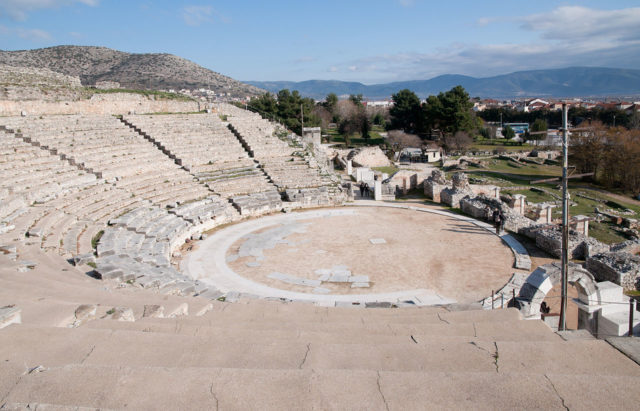
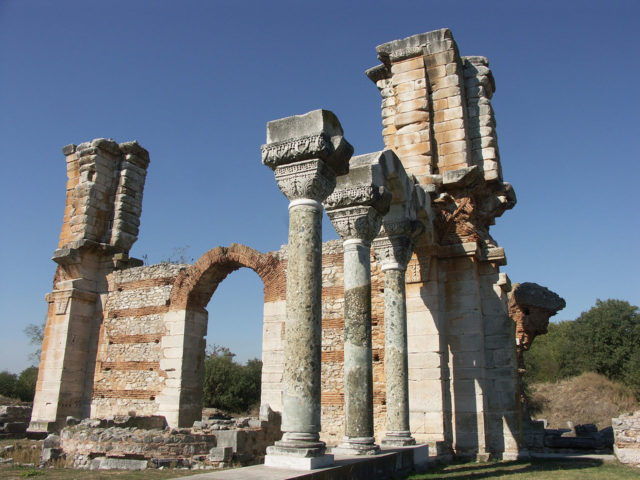
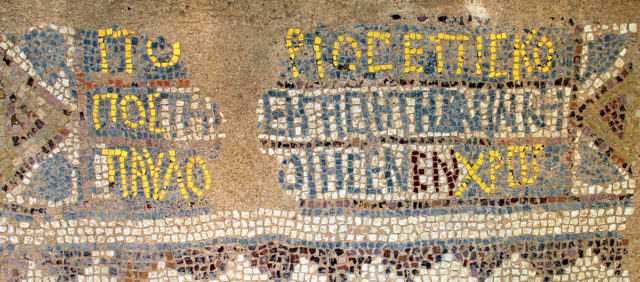
According to UNESCO, the remains of the city’s basilicas constitute an exceptional testimony of the early establishment of Christianity. In the Acts of the Apostles, it is said that St. Paul preached for the first time on the European soil in Philippi and that he founded the first community of the early Christians in this particular city.
The Basilica of Paul was the first church in the city which was a small building used as a prayer house. The date of the church (343) was mentioned by the bishop Porphyrios. Between the 4th and the 6th century several churches, which are remarkable examples of early Christian art, were constructed in Philippi.
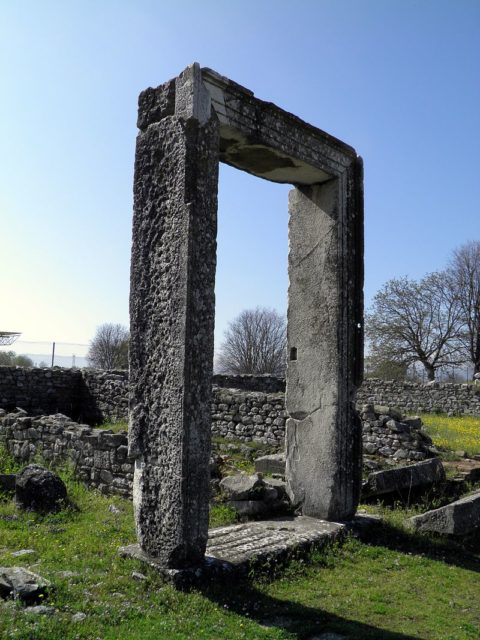
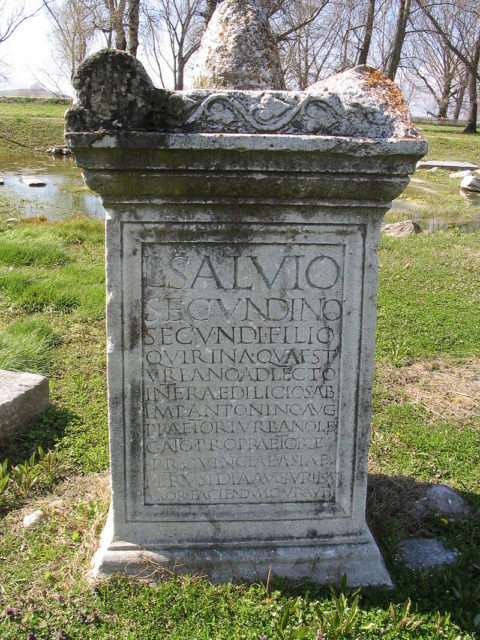
During the Byzantine era, the city was almost entirely destroyed by an earthquake and was not rebuilt until 969. The same year, the Emperor Nicephorus II Phocas rebuilt the fortifications, and in 1077, Bishop Basil Kartzimopolus restored part of the defenses inside the city. In 1856, the first archaeological description of the city was made by Perrot, and the first excavation began in 1914, but it was interrupted during the WWI.
The fascinating parts of the city that can be seen today are the theater, the basilicas, and the funerary temple. Today, the site is still known by its ancient name to the Greeks, while the Turks called it Felibedjik. In 2016, Philippi was made a World Heritage Site.
